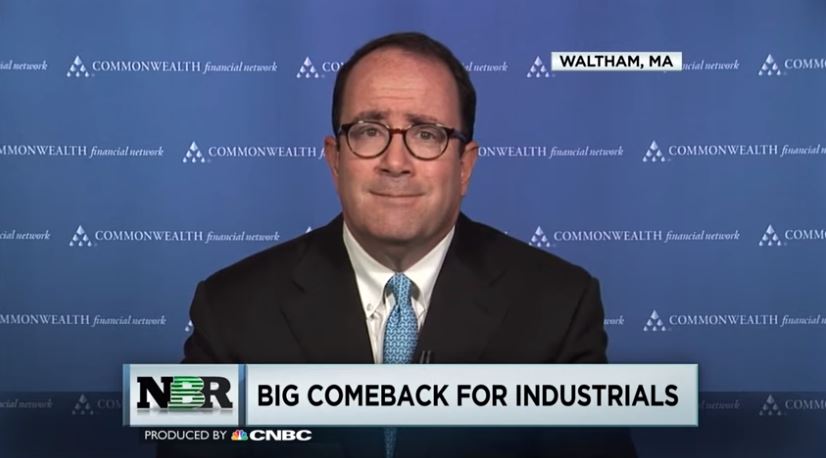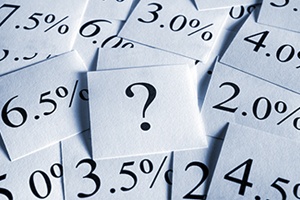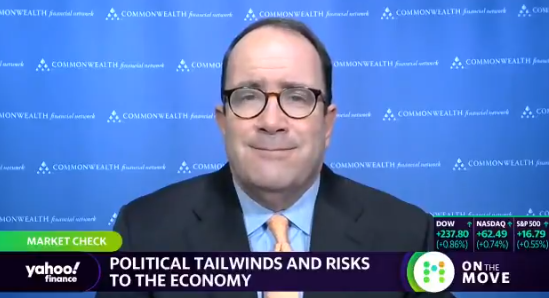This morning, I saw a commentary piece that pointed out we have had 12 record highs for the S&P 500 in the past month. A record is usually a big deal, and I often get calls to comment on what it all means. But I have to admit, I did not realize there had been that many in the past month. So, what does this series of highs mean, if anything?















